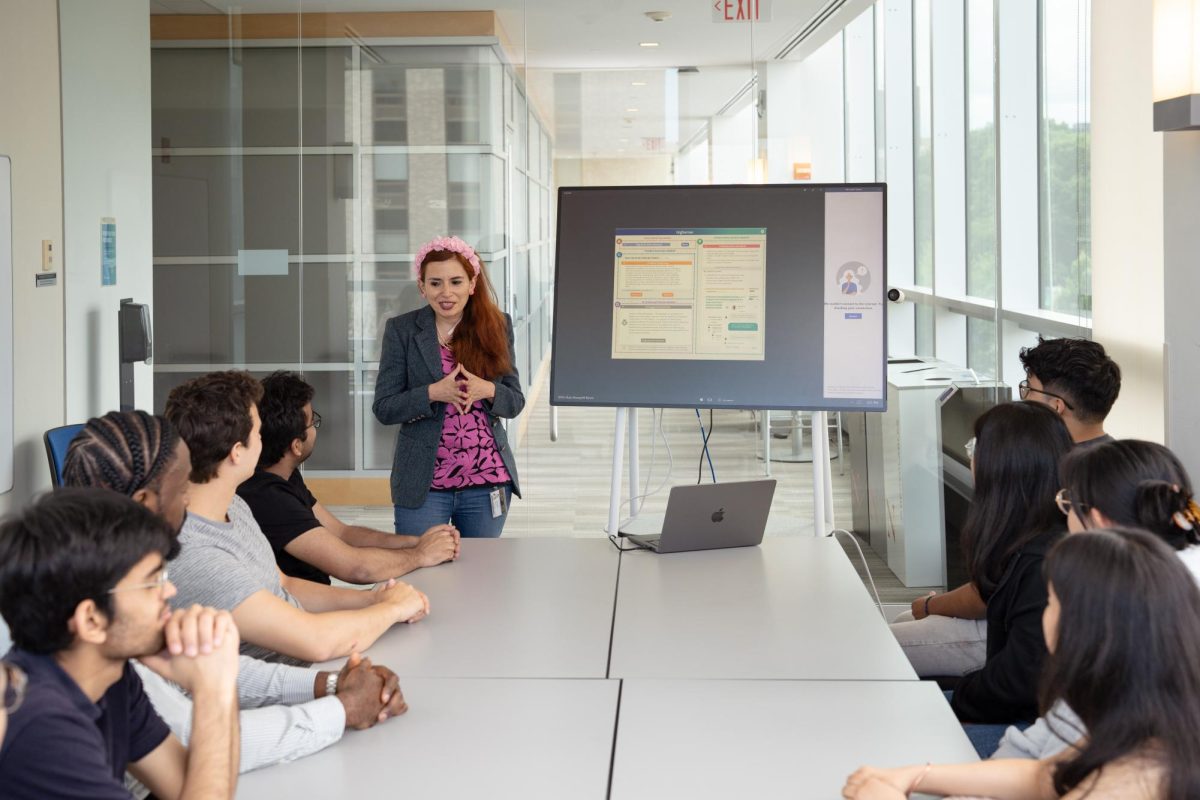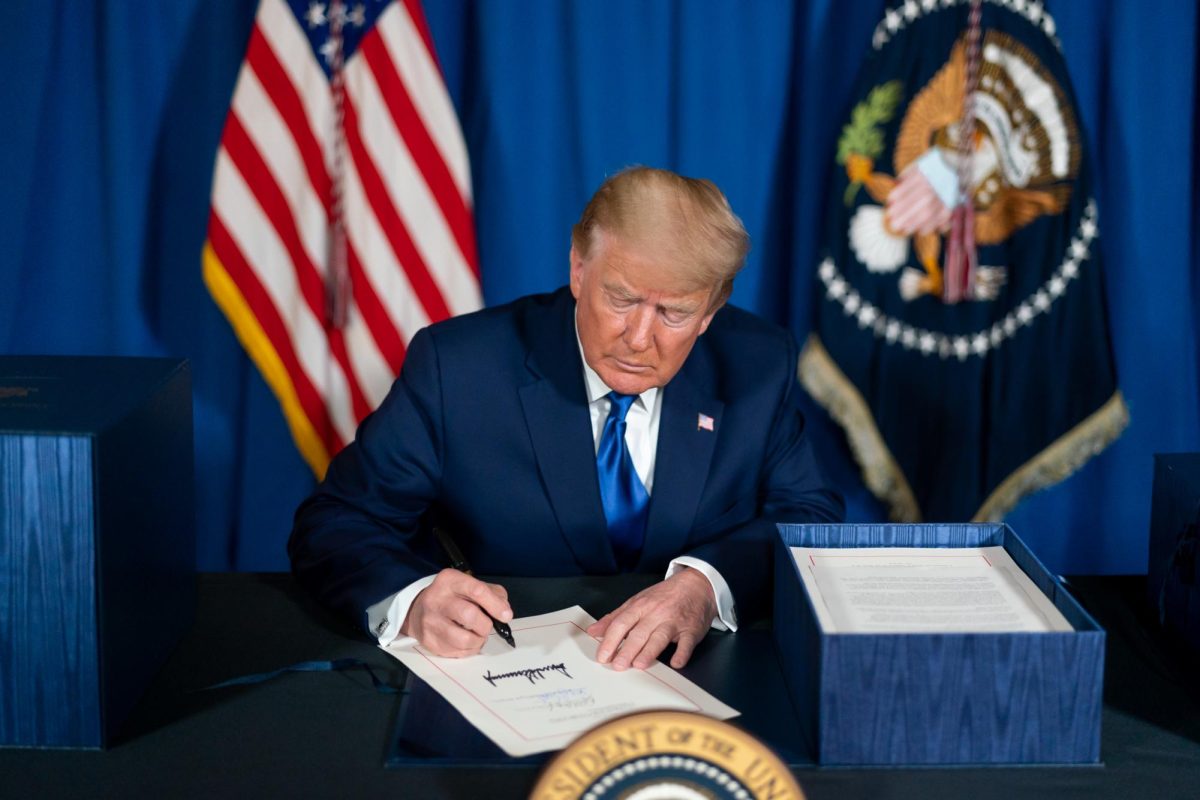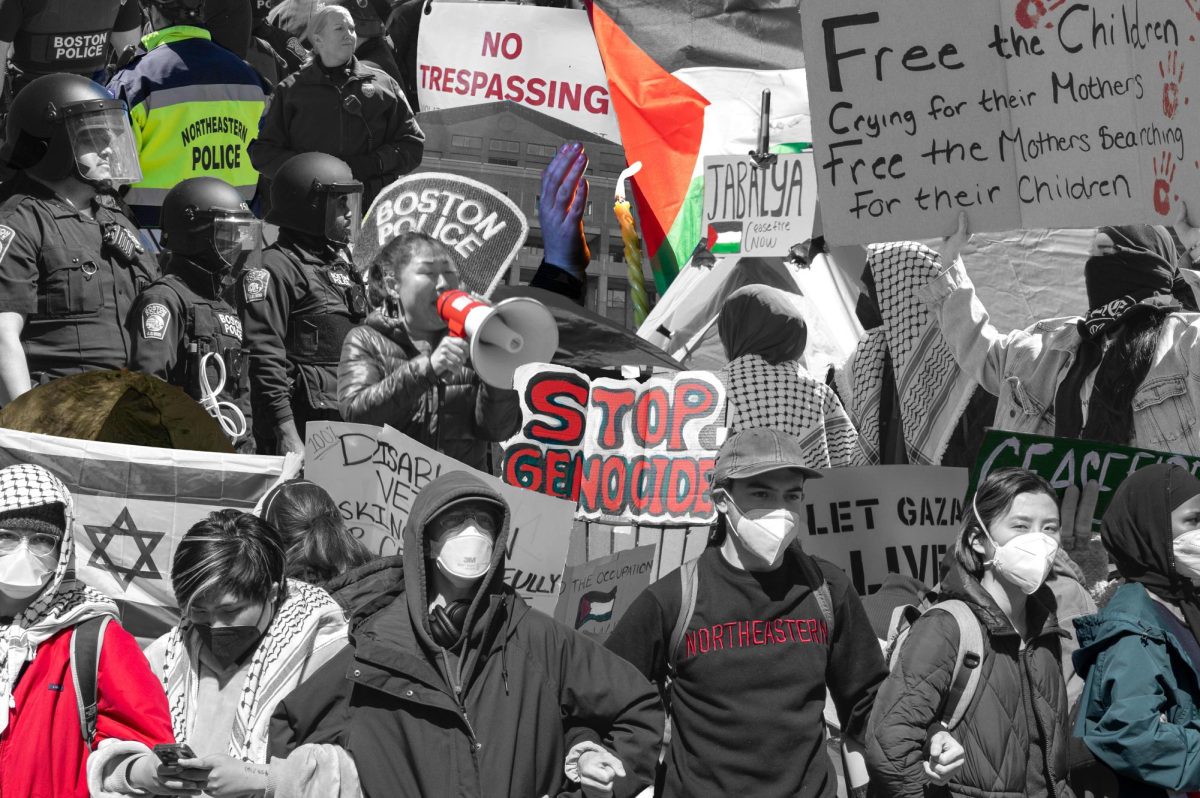By Maxim Tamarov, News Editor
Hundreds of thousands of concerned participants flooded the streets of New York to raise awareness of climate change and the need for reform during the largest event of its kind in history — The People’s Climate March. The march garnered a massive student turnout with many environmentally-oriented clubs from Northeastern making an appearance.
“The People’s Climate March was tied in directly with the UN Summit that occurred [on Monday] in New York City. The message was very clear: we don’t have time for another failed round of negotiation,” Austin Williams, a third-year environmental studies and political science major and executive director of Huskies Environmental Action Team (HEAT), said.
Williams was working with the Eastern Massachusetts Regional League for organizing college campuses to bring them to the march. He and the rest of HEAT were aware of the progressive minds on campus with them.
“There are a lot of students at Northeastern who are interested in climate activism. A lot of people here are interested in making sure that we get the word out,” Williams said. “You can see that based on people participating with groups such as HEAT, Slow Food, Divest NU, Terra Society — so we knew we wanted to bring people down.”
Kat O’Brien, a sophomore environmental science major and member of Terra Society, explained that climate change is central to the environmental-related studies, and that the march was a crucial step to get together and share with others the concern over the deteriorating climate conditions.
“Us environmental science majors, we’ve been doing this for years, and [been] like, ‘This is happening,this is happening, this is happening,'” O’Brien said, “and seeing that 400,000 people are passionate about this issue is really great.”
The march comes at a time when climate changes have reached a critical point.
“2015 in Paris is seen as our last chance to strike a global accord on climate change. That’s seen as the last chance to sign a treaty to stave off the most disastrous impacts of climate change,” Williams said. “A lot of the work that is being done right now in the UN is in preparation for 2015.”
Williams also pointed out that a large part of the march wasn’t just that people need to sign a climate treaty.
“Any climate treaty [signed] must incorporate climate justice as a guiding principle, making sure that countries that historically contributed more to climate change help developing nations adapt to climate change,” Williams said.
According to Williams, groups with the least political mobility and lower income brackets are the communities where environmental externalities are displaced, a condition that exists both locally and globally.
“High minority communities in Massachusetts are 17 times as likely as low minority communities to have toxic waste facilities,” Williams said. “We’re talking about Pacific Islanders — people who are already being displaced to rising sea levels. We’re talking about coastal communities that are being displaced due to increased storms. We’re talking about farmers who are having their livelihoods deprived due to increased droughts.”
Another factor crucial to the movement was the unifying aspect of the concern for environmental policy changes. There were groups representing social movements of all flavors present on Sunday.
“The climate march isn’t just a commitment that we’re securing from leaders — the march succeeded in bringing together a diverse coalitions around climate policy that hasn’t existed before,” Williams said. “You’re seeing labor, you’re seeing racial groups, immigrant groups, LGBT groups — many groups that never before would be considered part of a coalition calling for climate policy — now have built direct ties with each other.”
The national moment of silence that occurred at 12:58 a.m. for victims affected by climate change, attests to the unity that the march achieved.
Yet some have raised concerns over the effects of the march. O’Brien brought up the fact that right-wing criticism seemed to focus on the copious amounts of trash left behind by the marchers.
“What’s missing there is the actual issue,” O’Brien said. “[They are ignoring] what we were actually talking about, and just talking about the people, and the individual, rather than the issue.”
FOX News Insider pointed out that a lot of trash was left by the marchers, and a large carbon footprint as well.
“There was such a mess,” Kimberly Guilfoyle (of “The Five”) said, “I have never seen, in all the parades, this kind of mess.”
Part of the march’s inclusivity was that instead of declaring specific changes, it embraced a simple single guiding principle: the need for climate action. While Williams does not consider this a weakness, he acknowledges the fact that many have criticized the lack of a call for specific policy changes.
But with an estimated 50,000 students from universities all across the country having participated in the march, optimism for global policy change and for future student involvement is not amiss.
“Just the fact that over 100 Northeastern students were there alone is a sign that this momentum is going to be sent back to campuses,” Williams said. “The march was absolutely impossible for UN negotiators to ignore.”
Photo by Maria Amasanti















